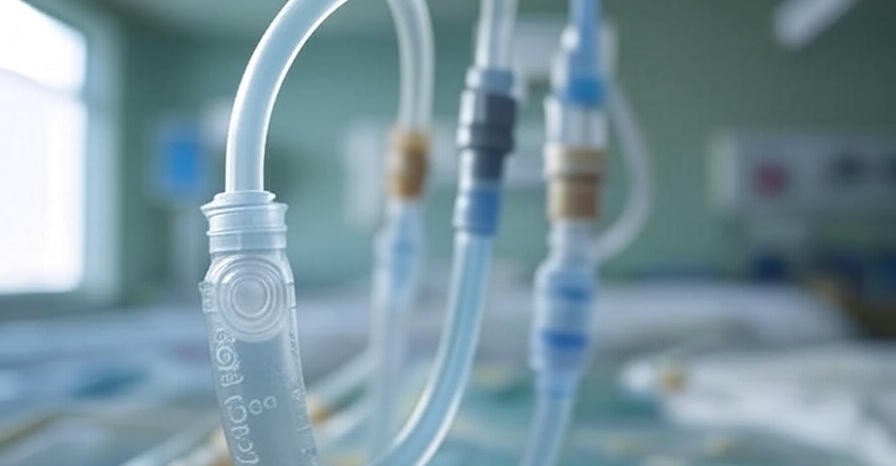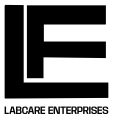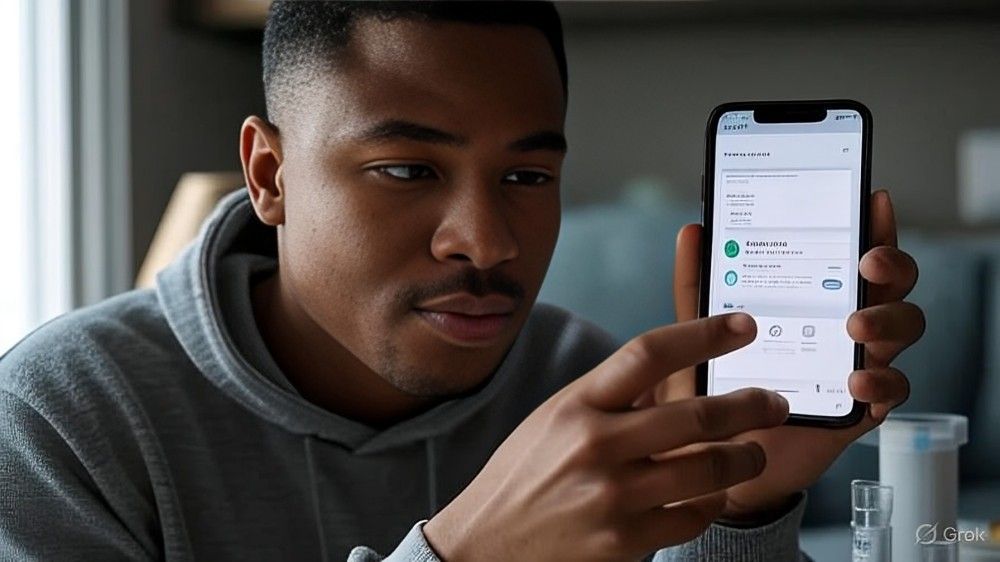
Dobhoff feeding tube is an important medical device which is used for those people who cannot drink food orally due to any health problem. Whether you are a patient, someone who takes care of them or you just want to know, this blog will make you understand fully what is Dobhoff tube, why it is used, what are its benefits, what are its risks, and how to take care of it.
What is Dobhoff Feeding Tube?
Look, Dobhoff tube is a thin and flexible plastic tube which is inserted through the nose, passed through the throat and taken to the stomach or small intestines. It was named after its inventors Dr. Dobbie and Dr. Hoff.
This tube is for temporary use, meaning it is inserted for a few days, a few days or weeks. Its size is also thin, so the patient does not have much discomfort.
Dobhoff Feeding Tube special features:
- Size: It is thin, 8-12 French size, so it does not cause much discomfort.
- Material: It is made of soft polyurethane or silicone, which is comfortable.
- Weighted Tip: A weight is placed in front of the tube, which helps in taking the tube forward.
- Radiopaque: It is visible in X-ray, which can be used to check whether it has gone in the right place or not.
Why is a Dobhoff Feeding Tube Inserted?
This tube is inserted for those people who cannot eat food by mouth. Look at some common problems:
Medical reasons:
- In brain problems like stroke or Parkinson’s, when there is a problem in swallowing food.
- After cancer or surgery, when one cannot eat food by mouth.
- In cases of burns or accidents.
- Stomach or intestine problems, like pancreatitis or blockage.
In critical care:
- ICU patients who are unconscious or on ventilator.
- When they stop eating for a few days after surgery.
In malnutrition:
- When the patient becomes weak and cannot eat food, then to provide nutrition.
Food, medicine, or water is put directly in the stomach or intestines through this tube. This provides the body with essential vitamins, protein, calories, and recovery is fast.
How is Dobhoff Feeding Tube Inserted?
This work is done only by a trained nurse or doctor. In simple words:
Before starting:
- The patient is examined and the procedure is explained.
- The patient is made to sit and a little spray is given in the nose so that it becomes numb.
Inserting the tube:
- The tube is lubricated with gel, then slowly inserted inside the nose.
- Ask the patient to drink or swallow water so that the tube can be passed down easily.
- Take it to the stomach or intestines.
Confirmation:
- X-ray is done or the liquid inside is checked to see if the tube is in the right place.
- Later, the tube is taped to the nose so that it does not move.
Advantages of Dobhoff Tube
- Surgery is not required, it is inserted directly.
- The patient gets the right nutrition.
- Best for temporary use, can be removed after the food starts flowing.
- If inserted to the small intestine, the risk of food falling into the lungs is reduced.
There are Some Risks
Any medical thing has some risk:
- Burning in the nose, pain in the throat, a little discomfort while inserting the tube.
- If it accidentally goes into the lungs, it can cause problems (very rare).
- The tube can get blocked if not cleaned properly.
- Infection can occur near the nose.
- The tube can also fall or move.
- If you take care while meeting the doctor, these problems can be handled easily.
How to Handle Dobhoff Tube?
Keep the nose clean:
- Clean it daily with mild soap.
- Keep the tube well glued so that it does not get pulled.
Flushing:
- Flush with water before and after feeding or giving medicine so that the tube does not get blocked.
- Generally use 20-30 ml of water.
Pay attention:
- If you notice infection or swelling, inform the doctor immediately.
- If there is vomiting, stomach ache, or difficulty in breathing, inform the doctor.
Follow feeding instructions:
- Put only the liquid that the doctor says.
- If there is a feeding pump, put it at a slow speed.
Keep doing checkups:
- Get regular checkups to see if the tube is correct or not, and whether you are getting proper nutrition or not.
How to Live Life with a Dobhoff Tube?
It feels a little strange at first, but slowly you get used to it. Family and doctor’s support is important.
Stay positive, think that it is good for health.
If there is a problem, do not keep quiet, tell the doctor immediately.
Talk to other people who have used this tube, you will get help.
When is the Dobhoff Tube Removed?
When the patient starts eating normally by mouth or then some other solution for long-term feeding is used (like PEG tube), then it is removed. The process of removal is simple, the doctor gently pulls it out.
Frequently Asked Questions (FAQs)
A: Generally from a few days to 4-6 weeks. If you need it for a longer time then try another
A: There is a little discomfort or gagging sensation, but if you use local spray then there is not much pain.
A: Normally we cannot. Sometimes the doctor gives advice, but do not do it on your own.
A: There will be difficulty in feeding. Flush it with warm water, if it does not come out then inform the doctor.
A: Yes, after training we can manage at home also. But regular doctor’s checkup is important
A: Contact your healthcare provider immediately to reposition or replace it.
Disclaimer:
This information is just for understanding. Do not do anything without asking the doctor. Using it wrongly can cause problems.




